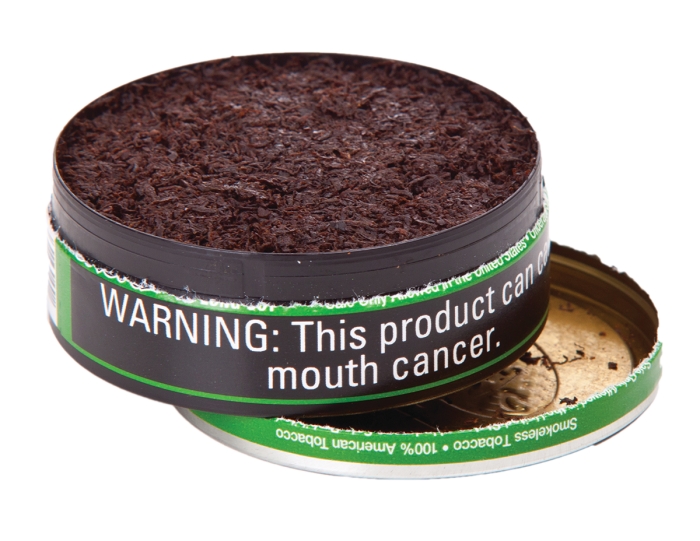Smokeless Tobacco: What You Need to Know About Chewing Tobacco and Snuff
Smokeless tobacco is commonly used by placing it between the
gum and the cheek or lip. It is a non-combusted tobacco product. In the United
States, there are two main types of smokeless tobacco: chewing tobacco and
snuff, including snus. Chewing tobacco comes in the form of loose leaf, plug,
or twist. Dry snuff is finely cut or powdered dry tobacco that is sniffed
through the nostrils. Moist snuff and snus are cut tobacco that can be loose or
pouched and placed in the mouth. Dip is a popular form of moist snuff. Some
dissolvable tobacco products can also be considered smokeless tobacco products.
If a snus or other smokeless tobacco product claims to be made with synthetic
nicotine, it must meet requirements for non-tobacco-nicotine (NTN) products.
1. Popularity and Forms of Smokeless Tobacco:
Smokeless tobacco is popular in various cultures and regions, particularly in
parts of Asia, the United States, and parts of Europe. There are two main forms
of smokeless tobacco:
Chewing Tobacco: Chewing tobacco usually comes in loose
leaves or in a compressed "plug" form. Users place a wad of tobacco
between their cheek and gum, and they slowly chew or suck on it to release
nicotine and flavor.
Snuff: Snuff is finely ground tobacco that can be dry,
moist, or in pouches. It is typically placed between the lip and gum or sniffed
into the nose, allowing nicotine to be absorbed through the oral or nasal
mucosa.
2.Potential Health Risks: Despite claims of being a safer alternative
to smoking, smokeless tobacco products carry significant health risks,
including:
Nicotine Addiction: Smokeless tobacco contains nicotine, a
highly addictive substance. Users can become dependent on nicotine, making it
challenging to quit using these products.
Increased Risk of Cancer: Smokeless tobacco products are associated
with an increased risk of various cancers, including oral, esophageal, and
pancreatic cancer. The carcinogens and other harmful chemicals present in these
products can damage the cells lining the mouth and digestive tract, potentially
leading to cancerous growths over time.
Cardiovascular Issues: Smokeless tobacco use can raise heart rate
and blood pressure, increasing the risk of cardiovascular diseases such as
heart attacks and strokes.
Pregnancy Complications: Pregnant women who use smokeless tobacco
products may face complications like premature birth, low birth weight, and
other health problems in their babies.
3. Regulations
and Warnings: Many countries have imposed regulations on
smokeless tobacco products, including warning labels and restrictions on
advertising and sales to minors. These measures aim to educate consumers about
the potential health risks and discourage their use.
4.
Quitting and Support: If you or someone you know is using
smokeless tobacco and wants to quit, it's essential to seek support. Many
resources, including quitlines, support groups, and counseling services, can
provide guidance and encouragement throughout the quitting process.
In conclusion, while smokeless tobacco
products may appear less harmful than smoking, they come with a range of
significant health risks, including addiction, cancer, and oral health
problems. It is crucial to be aware of these risks and consider alternatives to
using tobacco products altogether for better overall health and well-being.



Comments
Post a Comment